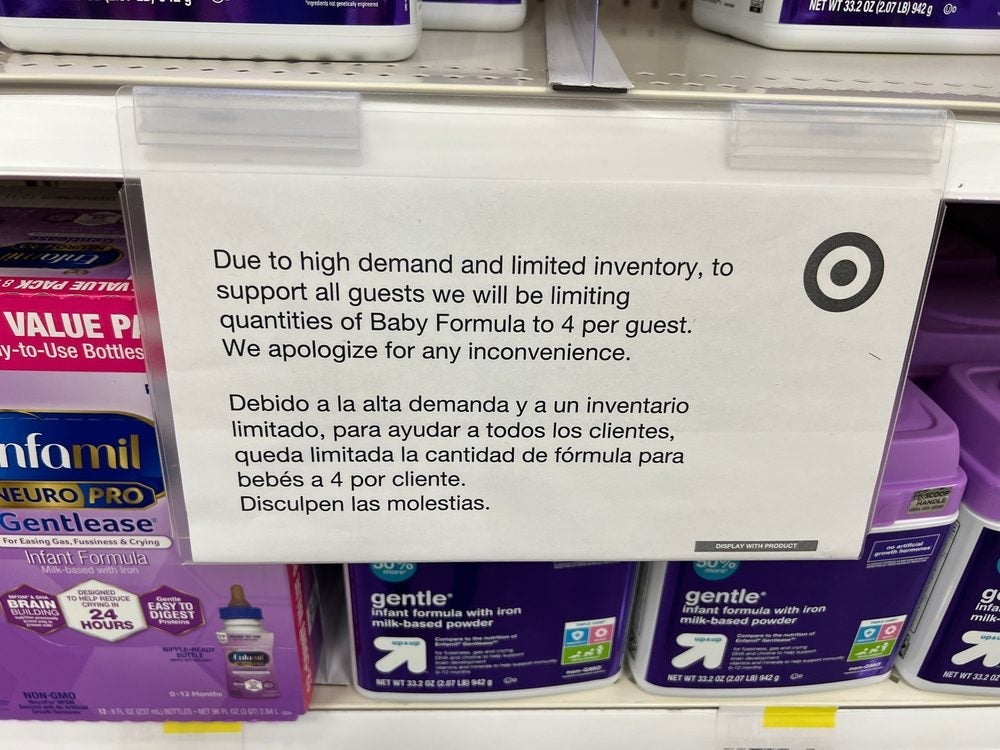 Chief Marketer recently spoke with Bill McCabe, the newly named president/CEO of direct response television agency A. Eicoff and Co. (a unit of Ogilvy & Mather), to get his take on the rapidly evolving world of DRTV and how it fits in with other forms of electronic media.
Chief Marketer recently spoke with Bill McCabe, the newly named president/CEO of direct response television agency A. Eicoff and Co. (a unit of Ogilvy & Mather), to get his take on the rapidly evolving world of DRTV and how it fits in with other forms of electronic media.
CM: Do you expect DRTV to grow in the next few years?
McCabe:Yes, for several reasons. CMOs with digital backgrounds are increasingly skeptical of traditional TV. They increasingly want the measurement and ROI that a DRTV strategy provides.
And the TV universe continues to expand with new digital offerings and stations/networks need to fill airtime. Traditional web-based consumer companies are also looking to expand beyond search and lead aggregators, and DRTV can be a bridge to the offline world.
CM: For what kinds of companies is DRTV best suited?
McCabe: Companies that are looking to drive highly qualified sales leads via phone or web, or make direct sales online. Increasingly, consumer packaged goods companies are using long-form DRTV to better educate consumers and differentiate their products.
CM: What kinds of audiences are DRTV commercials best for reaching?
McCabe: People watch TV for two reasons, to be entertained or because they're bored. Our chances of getting someone to respond are much greater when they are bored. The question we get frequently is "how have Tivo and digital video recorders affected your business?" The answer is, “they haven’t affected our business one bit, because we don't buy the programs people record.” I guess you could say that if someone is recording a program, that person is not an audience we would pay a great deal to reach. The irony is that we now advertise on Tivo and it does very well for our clients.
CM: What impact has the web and mobile had on DRTV?
McCabe: While the future of both online and mobile video are bright for our clients, the reality is that both are still in their infancy compared to other emerging media opportunities like Google TV, Tivo, and Rovi, to name a few. The cost per thousand pricing structure for Tivo and Rovi are much more realistic than mobile or online video. The costs for online and mobile will eventually become more reasonable, but right now they are overpriced.
 Network
Network

